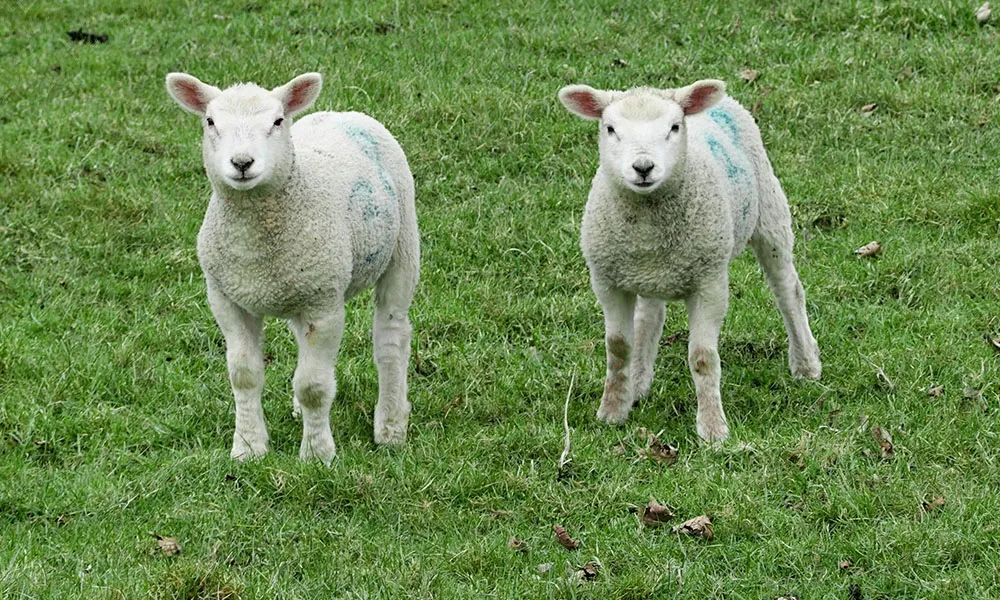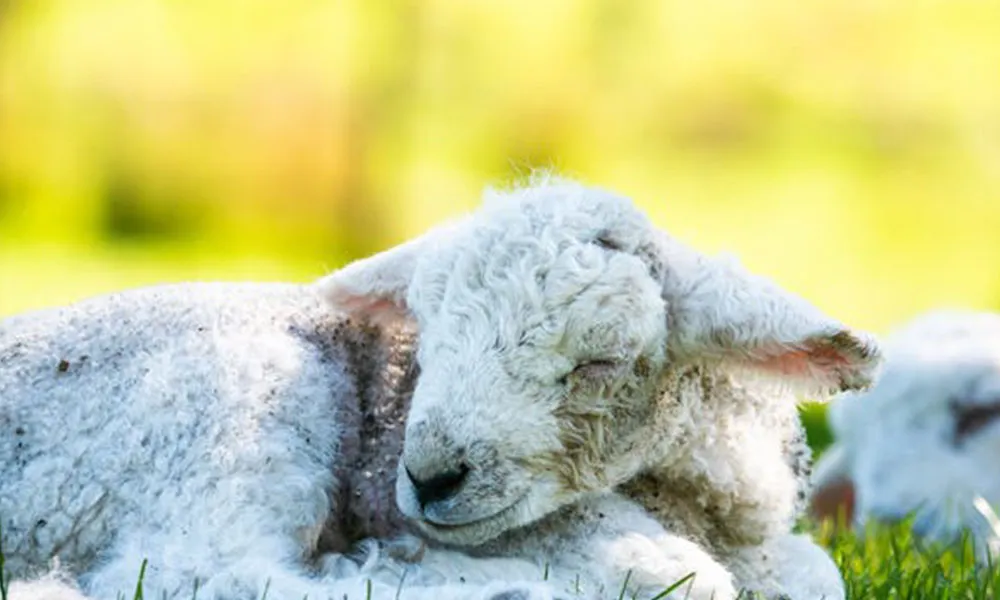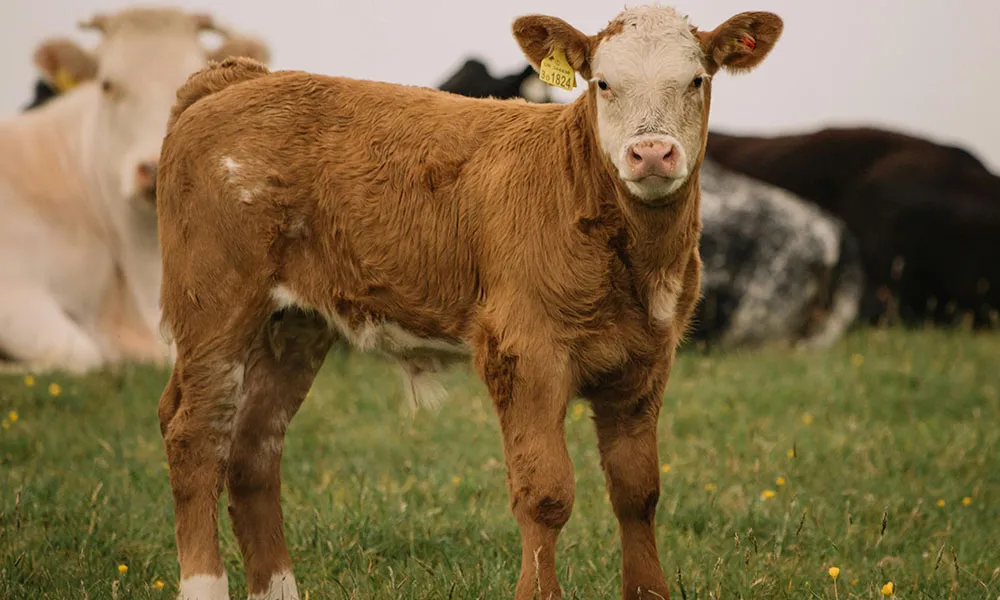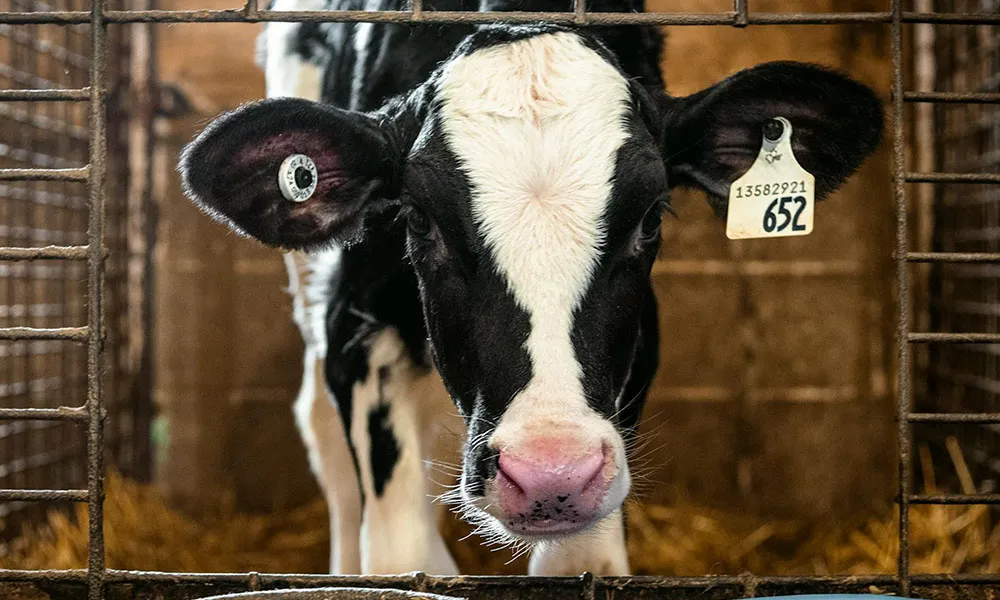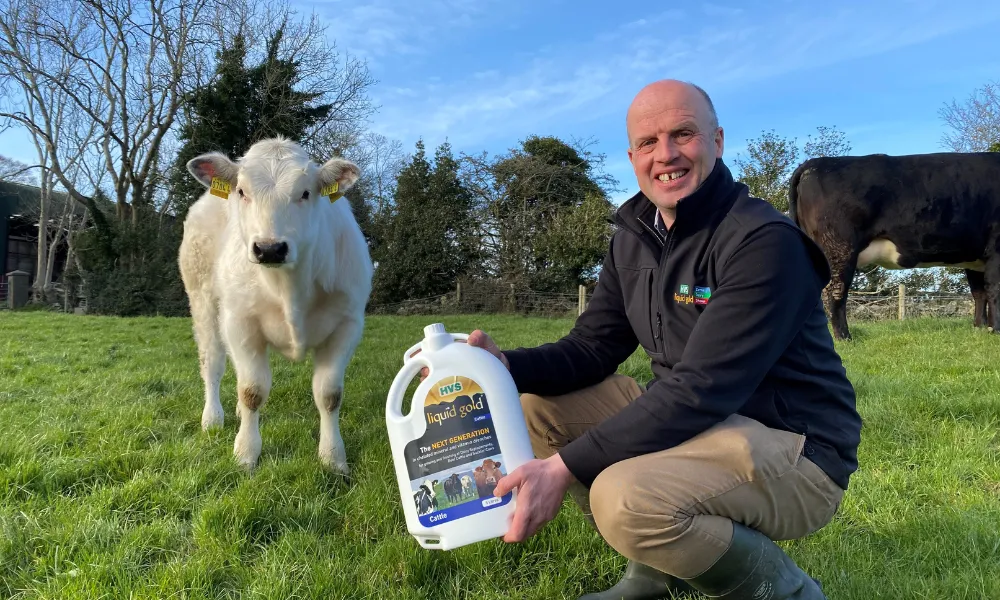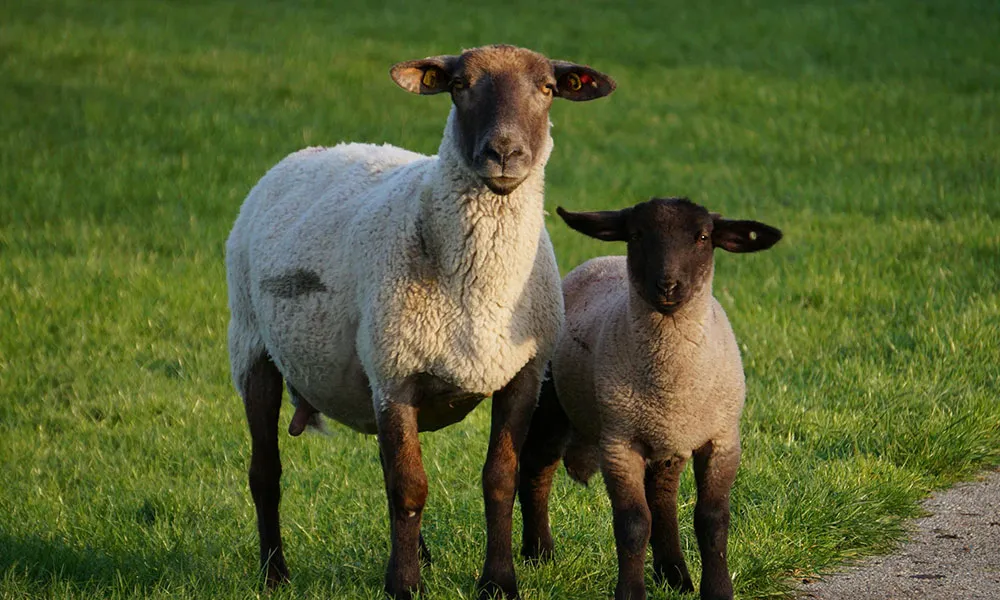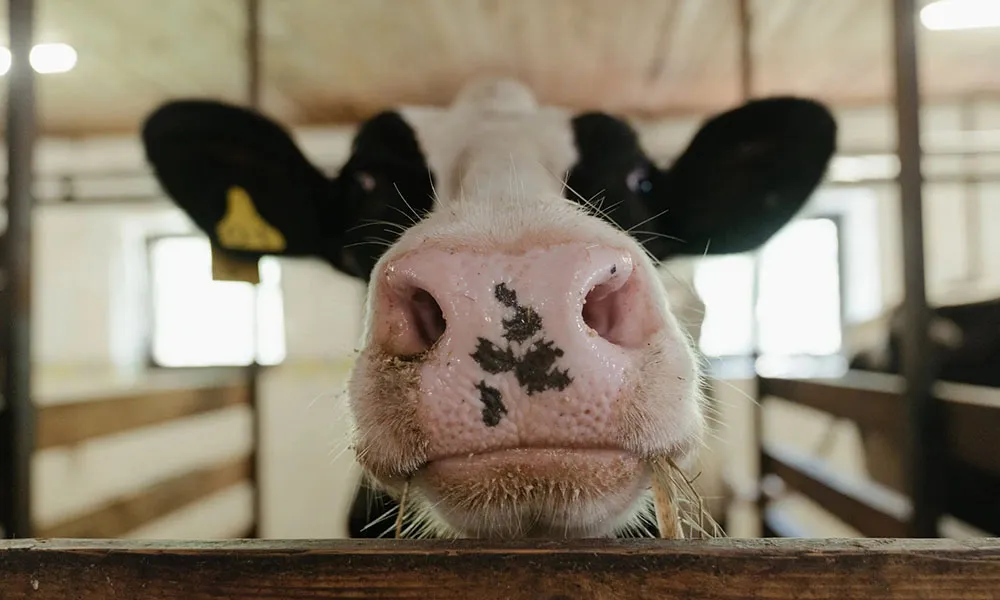
What is cow comfort?
In the dairy sector, there has been a great push in recent times to promote the idea of “cow comfort”. At its core, cow comfort aims to minimise an animal’s stress and thereby increase productivity. But it is an animal welfare issue as much as it is a matter of farm profitability.
Given that many suckler herds will be moving indoors over the next few weeks, it seems to me that the suckler farmer should also give some thought to cow comfort. Cattle often lose ground when they are housed, and this is not always attributable to the spread of infectious diseases; or, if it is, we should consider the possibility that diseases are spreading through the herd due to issues with our housing plan. If there is little fresh air circulating in the shed, or if cattle are confined to small and overcrowded pens, the risk of typical winter illnesses, and particularly respiratory illnesses, increases tenfold. Cow comfort indeed.
How to achieve cow comfort?
Lying time
One of the most important aspects of cow comfort during the housing season is lying time. By nature, cattle spend a lot of time lying down. Their skeletal structure is not designed for continuous standing. If you watch them in a field, you will note that when they are full they lie down to cud.
Ideally, a cow will spend between 12 and 14 hours a day lying down. For a cow to have less than 10 hours of lying time a day is damaging to her health. Indeed, studies have shown that cows will go out of their way to achieve adequate lying time, even completing complex tasks such as opening gates when a good rest is the reward.
Good bedding
It goes without saying, then, that your housing plan must include an intelligent cubicle design and good quality bedding. Remember that cows prefer deep bedding – a study in the Journal of Dairy Science, for example, found that each additional kilo of bedding increased cow lying times by up to 12 minutes. Experts also recommend the inclusion of neck-rails, sufficient lunge space for each cow, and ventilation at the nose or head area to ensure that no animal is deprived of oxygen when resting.
Hygiene
Good housing hygiene is essential. Cows are happier in a clean shed and will not be content lying in a soiled pen. Poor hygiene can lead to the spread of infectious diseases in the herd, but it is also extremely uncomfortable for the cow. Furthermore, sheds can become cold at night and a dirty, wet cow is more likely to catch pneumonia that a clean, dry one.
So clean out your shed frequently and put down fresh bedding every day if possible. Your cows may not be able to thank you for it, but the improvement in their overall condition and contentment will be reward enough!
Don’t overstock
Closely related to hygiene is the need to maintain a good stocking ratio in each pen. Overstocking will inevitably lead to problems with hygiene, air circulation and disease spread. It also creates an excess of competition at the feeding passage, leaving weaker or less aggressive cattle without access to feed. The farmer who thinks that he is improving farm profitability by overstocking his sheds this winter is delusional. He is creating an animal welfare catastrophe that will lead, inevitably, to financial disaster.
How to know if your cows are happy?
Most experts agree that lying times are the best indicator of cow contentment. If a large proportion of the herd (more than 10%) are still standing a couple of hours after feeding, it may suggest that you have a cow comfort issue. If you notice this behaviour in the first couple of weeks post housing, you may need to reassess your housing plan. Measure your housing strategy against the criteria set out above. This should give you some idea of where you are going wrong!




